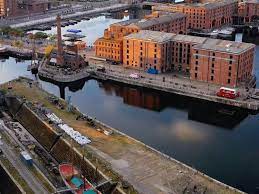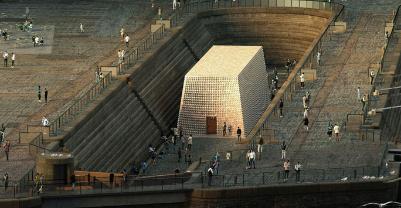Cultural Heritage, People and Place: Understanding value via a regional case study
The Cultural Heritage, People and Place: Understanding value via a regional case study (CHerPP) project engages with a large-scale museum led waterfront transformation project in Liverpool as a way of understanding how people value heritage and what methods are needed to capture this.
CHerPP is led by Dr Tamara West (University of Liverpool), with co-leads Dr Rafaela Neiva Ganga and Dr Steven Nolan (Liverpool John Moores University) and Research Partner National Museums Liverpool (NML). Part of the AHRC-DCMS 'Research culture and heritage capital with an interdisciplinary team' call, the project sits within a portfolio of projects supported under this Culture and Heritage Capital thematic focus.
The project draws upon an ambitious large scale museum led redevelopment in Liverpool, NML’s Waterfront Transformation Project, a 10 year £53 Million project encompassing amongst other things an expansion of the International Slavery Museum and associated outdoor public realm spaces.
The Waterfront Transformation Project, the associated wider waterfront development plans, and the contextual cultural assets and ecosystem of the city and the wider Liverpool City Region (LCR) constitute a relevant and timely focus for the project.

Aerial view of Liverpool waterfront / Canning Dock © National Museums Liverpool
By exploring this local ecosystem via access to existing and emergent data and local stakeholders and communities the research will investigate how narratives of heritage and cultural value(s) are defined, captured – or overlooked - and how these understandings of value might differ across different stakeholders, diverse socio economic and ethnic groups and perspectives.
The CHerPP team are especially interested in understanding what are often referred to as non -use values – how people might benefit from or value a cultural heritage site or collection even if they do not directly visit or engage with it.

Canning Dock Plans ©Asif Khan Studio
Working closely with NML and their communities, the team will follow the wider waterfront transformation, and within this they will focus in particular on the Canning Quaysides and Dry Dock public realm component. Using mixed methods ranging from in depth focus groups with local communities through to larger scale surveys, the project will examine ways of capturing the different meanings and values of the sites and related collections to people at the local, regional, and national level.